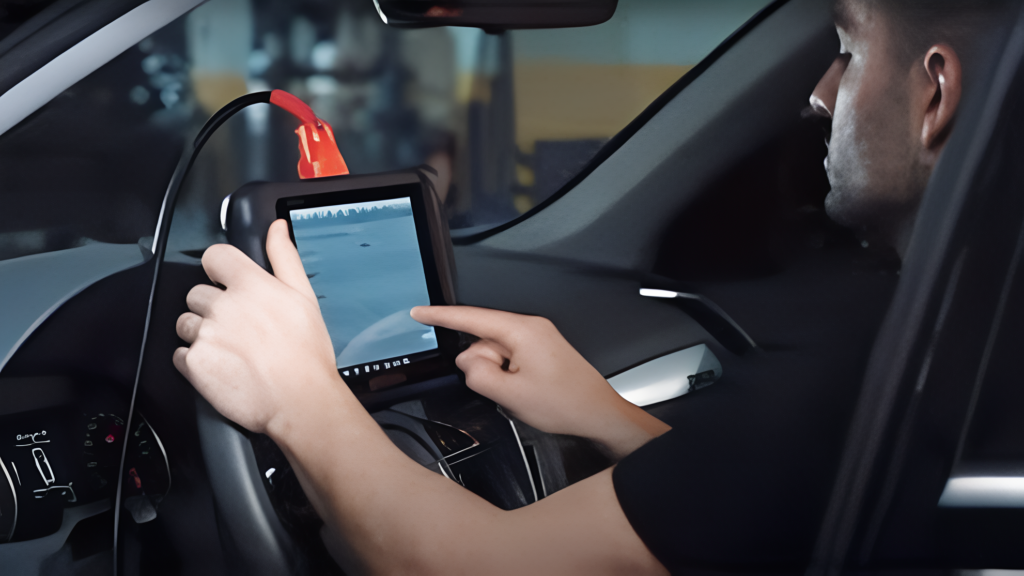
These involve the use of specialized tools and equipment to identify and troubleshoot issues within a vehicle’s electronic control systems. An overview of the process:
It’s important to note that while basic OBD code readers are available for consumers, more advanced diagnostic tools are typically used by professional automotive technicians. If you encounter warning lights on your vehicle’s dashboard or experience performance issues, it’s advisable to seek assistance from a qualified mechanic who can diagnose and address the problem using appropriate tools and methods.